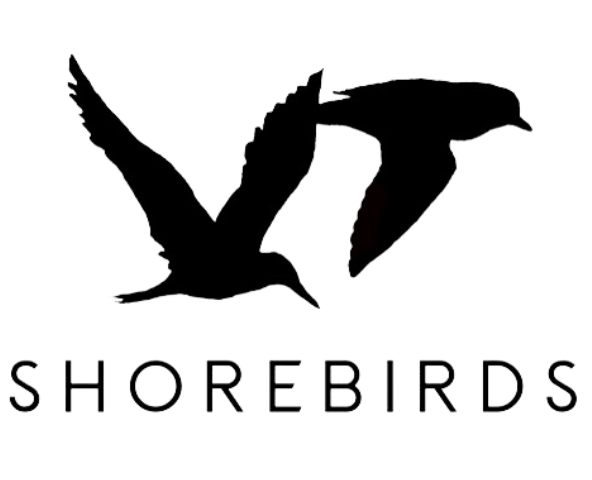VTShorebirds in the News
Black skimmers on the south island of the Hampton Roads Bridge Tunnel. Photo: M. Fossum.
Tunnel project could displace 25,000 seabirds from the lower james
Have you ever driven through through the Hampton Roads Bridge Tunnel in the summer? If you have, you’ve right under the largest seabird colony in the state of Virginia, probably without even knowing it. Our team has been working closely with the VA Department of Game and Inland Fisheries, the VA Department of Transportation, and federal partners to develop scientifically sound mitigation and conservation strategies as this colony will likely be displaced by construction of a new tunnel. Hear part one of the story here, and part two here.
Lead author, Katie Walker (R) collecting a nest location at Democrat Point, Fire Island, NY
Hurricanes and plovers
Most people are aware of the destructive power of hurricanes, but few realize that they refresh and create early successional habitats along our coasts. A variety of species capitalize on these habitats, including piping plovers. Following Hurricane Sandy, suitable habitat increased by 150% for the species as a result of the storm and subsequent mitigation by the US Army Corps of Engineers. Read the New York Times story here, coverage of the story by the Wildlife Society here, and a story on NPR here.
Lead author, Chelsea Weithman, trapping plovers on Ocracoke Island, NC.
Largest migratory stopover of piping plovers described
Millions of visitors come to Cape Hatteras National Seashore each year, but this story focuses on around 500 piping plover migrants that visit Ocracoke Island during the late summer and fall. One of our biologists, Chelsea Weithman, led a team that investigated the phenomenon, finding that approximately 20% of the Atlantic Coast population of plovers uses the site prior to migrating to points south such as Florida and the Bahamas. Read the story here.
Red Knots in flight.
red knots in virginia
Many know about the Red Knots that stop over in the Delaware Bay, but the Eastern Shore of Virginia also is a significant stopover location for the federally threated bird. VTShorebirds biologist, Erin Heller’s work focusses on habitat change and its effects on these knots. Read more here.
plovers in north carolina
Chelsea Weithman and Samantha Robinson compared the demography of piping plovers in New York and North Carolina to understand demographic changes for both sites. Our results indicate that North Carolina has not produced enough young to sustain itself in over 30 years of monitoring, indicating that immigration from other sources has kept this small population afloat for decades. Read a blog post from Chelsea on the AOS website here.





